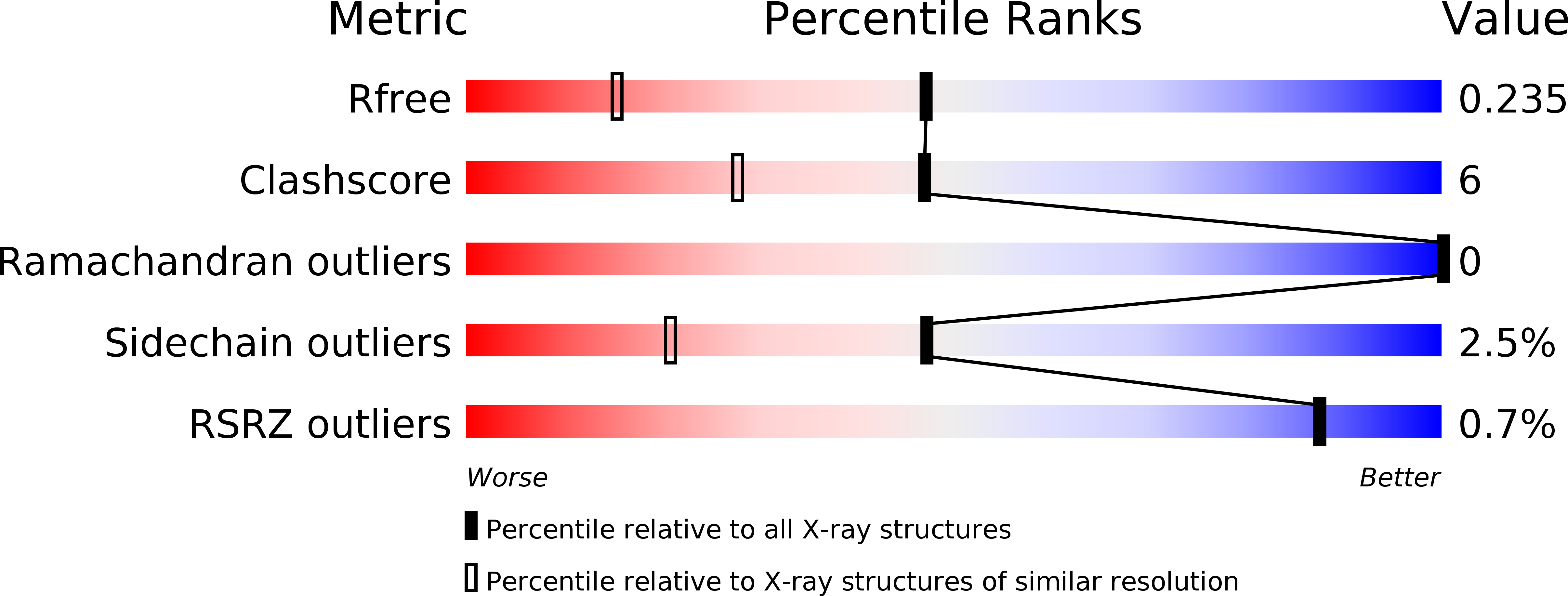
Deposition Date
2016-07-18
Release Date
2017-01-18
Last Version Date
2024-01-10
Entry Detail
PDB ID:
5LJD
Keywords:
Title:
Crystal structure of holo human CRBP1/K40L mutant
Biological Source:
Source Organism:
Homo sapiens (Taxon ID: 9606)
Host Organism:
Method Details:
Experimental Method:
Resolution:
1.61 Å
R-Value Free:
0.23
R-Value Work:
0.18
R-Value Observed:
0.18
Space Group:
P 21 21 21


